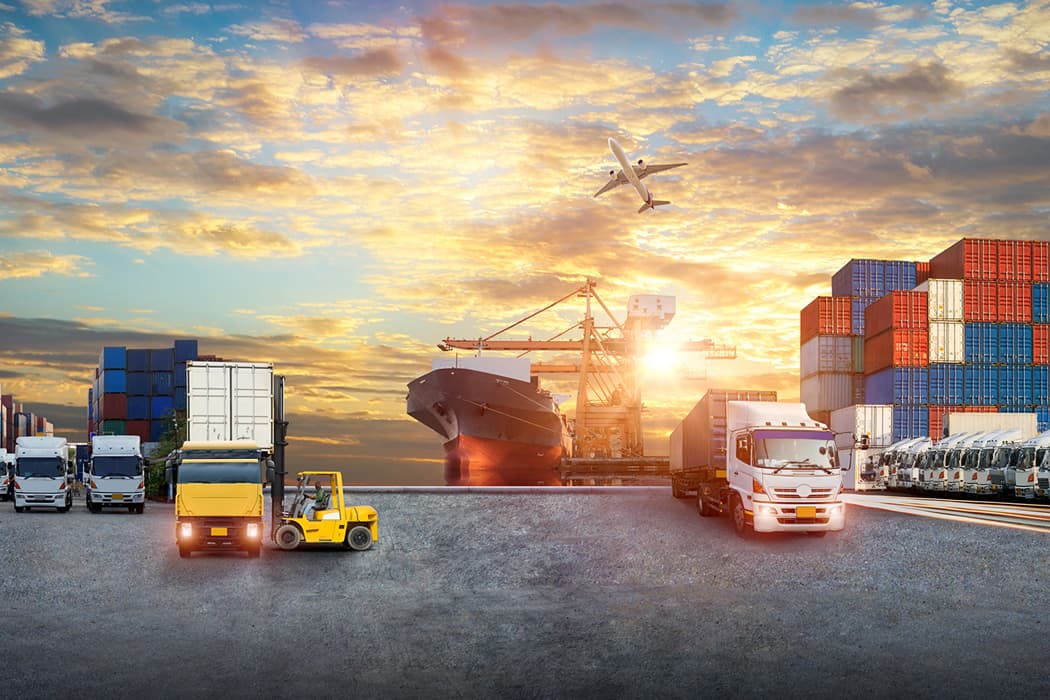
Mexico has become the world’s seventh-largest passenger vehicle manufacturer, producing 3.5 million vehicles annually. The U.S. International Trade Administration reported the country is also the largest export market for U.S. automotive parts and the fourth-largest producer worldwide. Global automakers, including BMW, Ford, General Motors, and Tesla, have made Mexico one of their key manufacturing bases, and many have also established nearshoring activities there to ensure their manufacturing is close to customers.
How demand shapes relationships in Asia and Mexico
As the demand for electric vehicles (EVs) grow, stronger trade relationships between Mexico and Asia manufacturers have developed. To Asia manufacturers and producers, Mexico’s automotive manufacturing infrastructure and proximity to U.S. consumers make it a popular destination to relocate global operations. Mexico’s international trade incentives, free trade agreements, geographical location, and competitive labor pool make the country especially attractive to Asia automakers.
The demand for EVs driven by both North American and global markets means an increase in new vehicles, parts, and accessory imports from Asia to Mexico. Here are a few examples of that growth:
- China has emerged as a significant trade partner with Mexico.
The Mexican Association of Automotive Distributors (AMDA) shows Chinese car imports increased by 62.6% in 2023, growing market share from 5.7% to 19.4% compared to the previous year. - Indonesia is an essential producer for automotive manufacturers.
Like other Southeast Asia countries, Indonesia, an essential producer of nickel, tin, and copper for EV batteries, is securing its place in Mexico’s EV market. - Thailand automotive trade volumes have escalated.
Today, the country is the largest producer and market for EVs in the Association of Southeast Asian Nations (ASEAN) region. - Vietnam is another top production company.
Using their abundant nickel reserves, Vietnam is building their burgeoning battery production industry.
As trade demand increases and global shipping grows in complexity, Asia manufacturers and suppliers must ensure their supply chain strategy with Mexico is diverse, agile, and efficient. Robust freight and trade lanes between Mexico and the key manufacturing hubs in Asia promote business resilience and continuity—especially when up against the volatility of the global economy.
Strategies to succeed when shipping between Asia and Mexico
Successfully navigating the complexities of Asia–Mexico shipping requires a careful approach that addresses logistical, regulatory, and efficiency considerations. Use these three key strategies to build a thriving global supply chain.
1. Pave the way for efficiency with strategic route planning
By carefully selecting the optimal shipping routes and modes of transportation, you can minimize transit times, reduce costs, and enhance overall supply chain efficiency. Be sure to consider factors like transit routes, port facilities, and transportation infrastructure in both Asia and Mexico when planning.
Real-time tracking and advanced logistics technology, like Navisphere® from C.H. Robinson can provide valuable insights for managing your entire shipment lifecycle, simplifying purchase order processes, and gaining macro and granular visibility to your goods—everything you need to make informed decisions.
2. Proactively streamline customs compliance
Navigating the regulatory landscape is crucial for automotive shippers crossing international borders. Customs compliance is a multifaceted challenge that requires a deep understanding of the regulations governing both the origin and destination countries.
Remaining compliant with customs regulations requires staying abreast of changing regulations, maintaining accurate documentation, and using strategically located warehouse space. For some companies, all this can be too much to oversee internally. Working with external experts in Mexico customs legislation, like C.H. Robinson, can facilitate smooth customs clearance processes.
C.H. Robinson currently has trained licensed customs brokers and the largest crossdock and warehouse footprint along the U.S.–Mexico border, perfect for automotive enterprises making the manufacturing transition from Asia to Mexico.
3. Build strong alliances with leaders experienced in automotive logistics
Building collaborative relationships is a key component of successful automotive shipping. Look to cultivate strong relationships with dependable carriers and logistics providers in both Asia and Mexico—ideally those with a global presence. Strong, collaborative efforts can help you navigate challenges, address unforeseen issues, and streamline the entire shipping process.
Look for established providers with significant experience in the automotive industry. These leaders, like C.H. Robinson, have worked with most of the tier-one automotive suppliers and top original equipment manufacturers (OEMs) around the world. Keep in mind, ongoing communication is paramount to ensuring a synchronized and efficient supply chain—from the point of origin to the final destination.
Create your own roadmap for seamless automotive logistics
When making the move from Asia to Mexico for manufacturing, embracing the strategies above can mean all the difference to your success.
Looking to get started or simply want to build on your existing strategy? Discover all the capabilities C.H. Robinson has to offer—from Asia to Mexico and beyond. Connect with an expert today.



